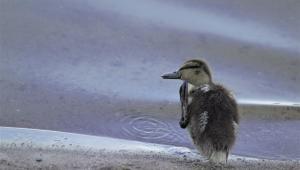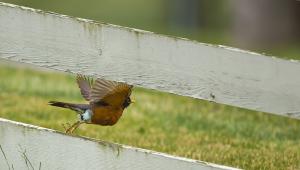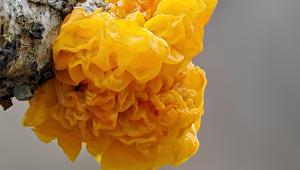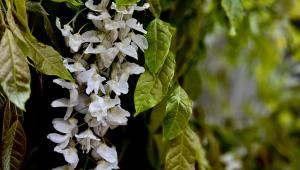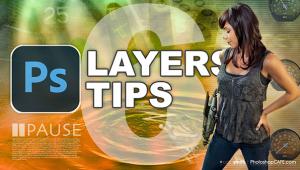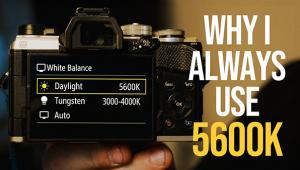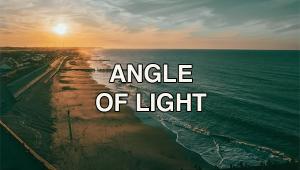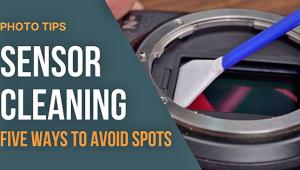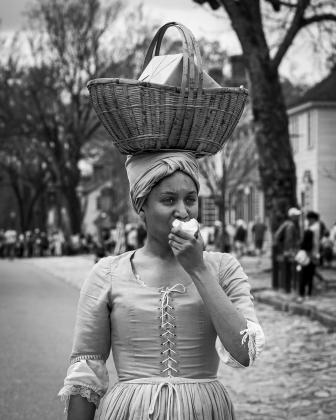Help!
Here Is A Quick Tip List On Letters For The HELP! Desk:
Please confine yourself to only one question per letter. Both postal letters and e-mails are fine, although we prefer e-mail as the most efficient form of communication. Send your e-mail queries to editorial@shutterbug.com with Help in the subject header and your return e-mail address at the end of your message. Although we make every effort, we cannot promise to answer every HELP! letter.
When sending a response or suggestion that refers to a published letter please include the month and page of the original question.
All postal letters to HELP! must be accompanied by a stamped, self-addressed envelope to be considered for reply. We will respond to e-mail queries with an e-mail.
Leaked Desiccant
Re: “Storage Problem” (September 2009 issue of Shutterbug, page 176), Mr. Girvin resides in a hot, humid climate in Florida, and his safe was probably not hermetically sealed for the extended period of his vacation. The desiccant package he placed in the safe with his camera equipment undoubtedly was overwhelmed by the humidity during the extended vacation so it is not surprising that there was some degradation of his equipment. He would have been well advised to store his equipment in sealed containers containing desiccant packages in his safe. He did not specify what type of desiccant was in his package. There are two types in general use: the best being silica gel, the other being a calcium compound. Silica gel is rather chemically inert so even after it becomes saturated with water molecules it generally doesn’t release reactive fumes. On the other hand, the calcium compounds can react with water vapor to release reactive fumes. Often desiccant packages contain a color indicator (a cobalt compound) which will turn from blue to pink when the desiccant becomes saturated.
Robert Steele
Graduate Chemist
via e-mail
We appreciate your taking time to offer your comments on our reader’s major problem with equipment damaged by storage under humid conditions in Florida. I was not aware there are two types of desiccant as you pointed out. The type of seal undoubtedly added to the moisture leaking into the safe.
More On Desiccant
John V. Girvin wrote in asking about the damage done to his camera gear when he left it in his safe. There are two kinds of safes. The first one is just a plain safe which tries to keep people from stealing your stuff. The second is a fire safe; it tries to keep your stuff safe from people and protect you from a fire. A fire safe has some stuff in the lining of the safe that is hygroscopic (attracts moisture). It takes a tremendous amount of heat to turn water or moisture into steam. The safe uses this high moisture content to absorb heat before it cooks or burns the contents of the safe. Unfortunately, fire safes have a high humidity all the time. The interesting thing about these safes is they absorb a high moisture content during warm weather, because air holds more water the warmer it is, until it gives it up as steam. When the moisture turns cold, the safe gives up some of its moisture content. You see this moisture content on a cold glass on a warm day. The fumes may have resulted from the damp air or moisture, causing mold. And I am sure you know the old saying: you must keep the smoke and fumes in! Everything quits working when they escape.
Sam T.
via e-mail
We thank you for sending comments about the types of safes and their suitability for equipment storage. This should assist reader Girvin in his choice of storage methods in the future. We know that Shutterbug readers are smart, but the expertise on this matter offered by readers is most impressive!
Scan To Print
Q. I have a priceless shot taken about 10 years ago of the Golden Gate Bridge in San Francisco. Shot with Royal Gold 400 during predawn, the initial shot turned out beautiful (even used as a book cover). The problem is that now all labs want to scan and print instead of the old-fashioned way. The prints are off-color and highly grainy, even from the best labs in San Francisco. Does anybody print the old way without use of a scanner and computer? I would like another prize photograph.
via e-mail
A. I checked through the labs listed in our “Lab Showcase” in each issue and called several to locate one that still makes conventional prints directly from color negatives without first digitizing them. One indicated they could do this: Holland Photo Imaging in Austin, Texas. You can check with them at: www.hollandphoto.com. In another professional photo publication I located H&H Color Lab in Kansas City, Missouri. You can contact them at: www.hhcolorlab.com or (800) 821-1305. Another that might still do this is Bay Photo Lab at: www.bayphoto.com or (800) 435-6686. I’m sure there are at least a few other labs around the country that print directly from color negatives, but these are several that I located that should be able to produce the type and quality of non-digital color print you seek.
- Log in or register to post comments





